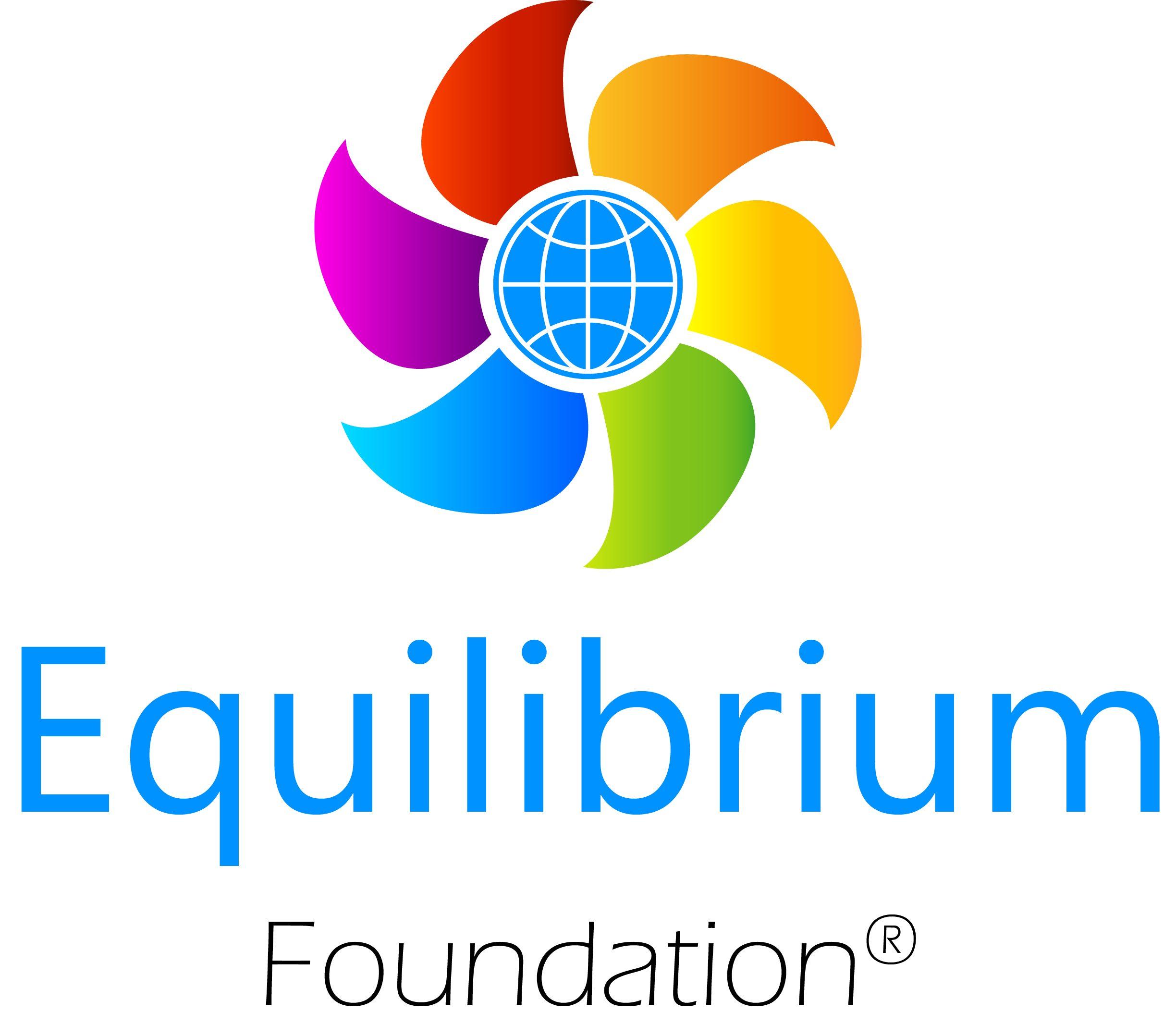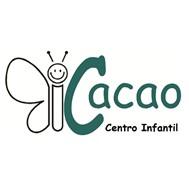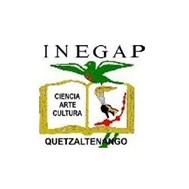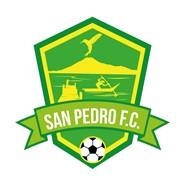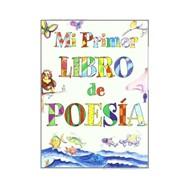
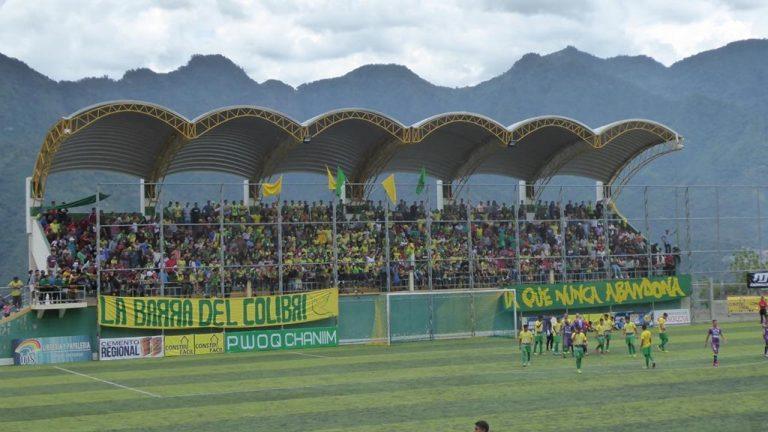
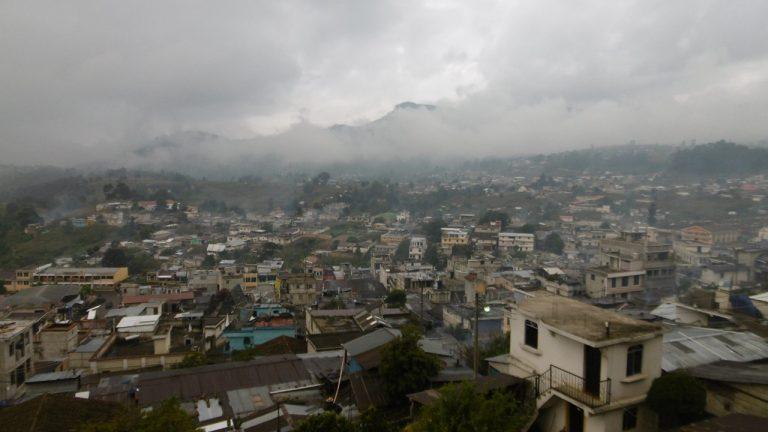

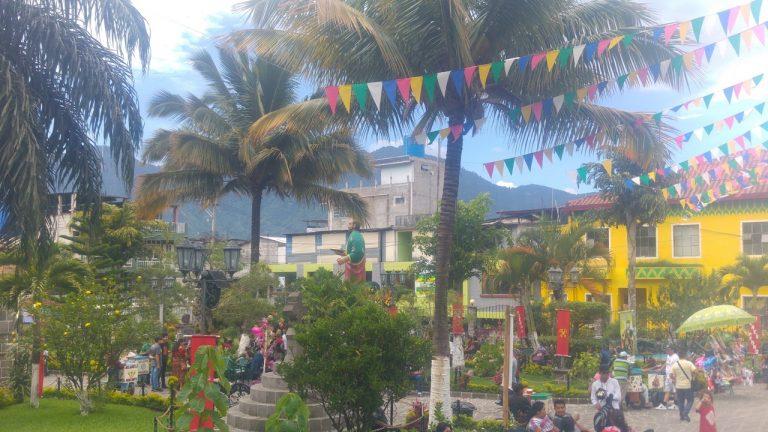
Guatemala
The Republic of Guatemala is the most populous country and the largest economy in Central America with a population of around 17 million. The distribution of income is extremely uneven: a few influential families possess a large part of the country’s economic resources; these resources are increasingly coming under the control of organized crime. From 1960 to 1996, Guatemala experienced a civil war that claimed more than 200,000 lives. The signing of the peace agreement in 1996 brought an end to 36 years of armed conflict in Guatemala. Despite various reform efforts, the country faces the challenge of a very low tax rate resulting in lack of resources to build efficient state structures that provide important basic goods (health, security, education). State structures are further weakened by corruption, crime and impunity.
Key socio-economic indicators:
- Life expectancy: 74 years (2018).
- Population growth per year 1.57 % (2019).
- Share of rural population 49 % (2019).
- Per capita income (purchasing power parity): USD 8,995. Rank 119 of 193 countries (2019).
- Distribution of income (Gini): 48.7 = high. Rank 19 of 159 countries (2016).
- Carbon dioxide emissions per capita (in tonnes): 1.06 (2016).
- Poverty:
- Proportion of people living in extreme poverty: 9 % (2014).
- Proportion of people living below the national poverty line 55 % (2014).
- Proportion of people undernourished 15 % (2017).
- Global Hunger Index (GHI): 20.6 = serious. Rank 72 of 117 countries (2019).
- Economic Transformation Index (BTI): Rank 80 of 137 countries (2018).
- Human Development Index (HDI): Rank 126 of 189 = medium (2018).
Politics
Guatemala is a constitutional democratic republic whereby the President of Guatemala is both head of state and head of government, and of a multi-party system. Executive power is exercised by the government. Legislative power is vested in both the government and the Congress of the Republic. The judiciary is independent of the executive and the legislature.
Education
In 2015, the literacy rate in Guatemala was estimated to be 75 %, one of the lowest literacy rate in Central America. The government runs a number of public elementary and secondary-level schools, as youth in Guatemala do not fully participate in education. These schools are free, though the cost of uniforms, books, supplies, and transportation makes them less accessible to the poorer segments of society and significant numbers of poor children do not attend school. Many middle and upper-class children go to private schools. Indigenous people make up about 60-80 % of the population in Guatemala and mostly reside in poor rural areas with little access to post-primary education. Indigenous students achieve lower than non-indigenous (ladino) students in schooling possibly due to greater poverty and lack of indigenous language involvement in public schooling. The number of primary school children per teacher is 20 (2018). The proportion of school-age children attending primary school was 87 % in 2018. The primary school completion rate was 80 % in 2018.
Healthcare
Health in Guatemala is focused on many different systems of prevention and care. Guatemala’s Constitution states that every citizen has the universal right to health care. However, this right has been hard to guarantee due to limited government resources and other problems regarding access. Guatemala has among the worst health outcomes in Latin America with some of the highest infant mortality rates, and one of the lowest life expectancy at birth in the region. With about 16,000 doctors for its 17 million people, Guatemala has about half the doctor-citizen ratio recommended by the WHO. Since the end of the Guatemalan Civil War in 1996, the Ministry of Health has extended healthcare access to 54% of the rural population.
Economy
Remittances from Guatemalans living in United States now constitute the largest single source of foreign income (two-thirds of exports and one tenth of GDP). The service sector is the largest component of the GDP at 63 %, followed by the industry sector at 23.8% and the agriculture sector at 13.2%. Mines produce gold, silver, zinc, cobalt and nickel. The agricultural sector accounts for about two-fifths of exports, and half of the labour force. Organic coffee, sugar, textiles, fresh vegetables, and bananas are the country’s main exports. In the face of a rising demand for bio fuels, the country is growing and exporting an increasing amount of raw materials for bio fuel production, especially sugar cane and palm oil. This development leads to higher prices for staple foods like corn, a major ingredient in the Guatemalan diet. As a consequence of the subsidization of US American corn, Guatemala imports nearly half of its corn from the United States.
Our Projects
Vocational Training
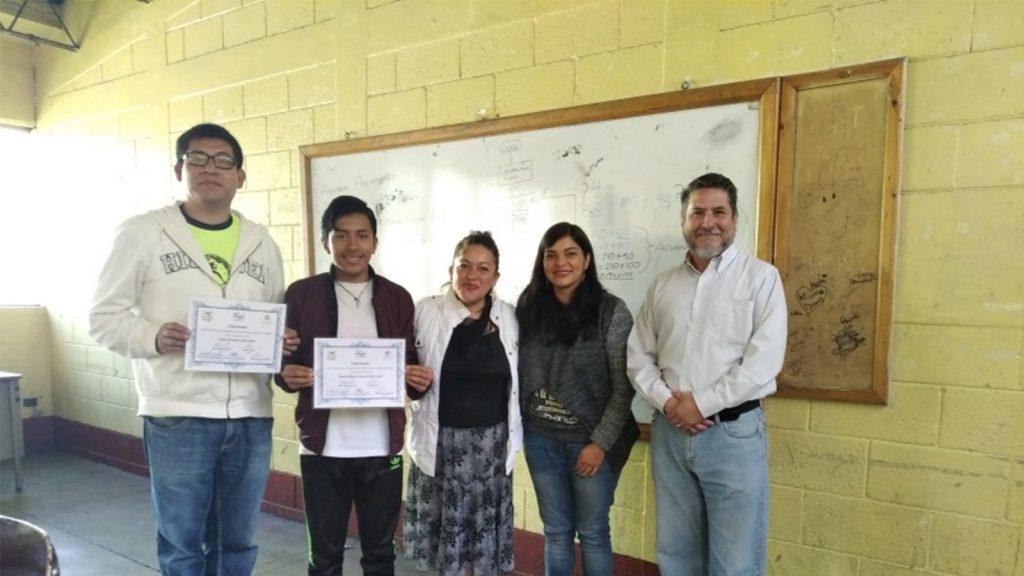
Quetzaltenengo, Guatemala
Results: 3 deaf adolescent Mayas trained in understanding of development of computer system and smartphones and were enabled to program an Android application with their smartphones.
Training the Coaches

In July 2019 the youth coach Tamino Brendel, certified by the German Football Association, conducted a workshop with 18 football coaches from F.C. San Pedro to compare the Guatemalan and German children’s football training systems and to develop specific improvement potential.
Assignment of a Microcredit

Assigned a microcredit to Smiles of Hope and constructed a booth to sell healthy Mayan drinks and baked goods.
